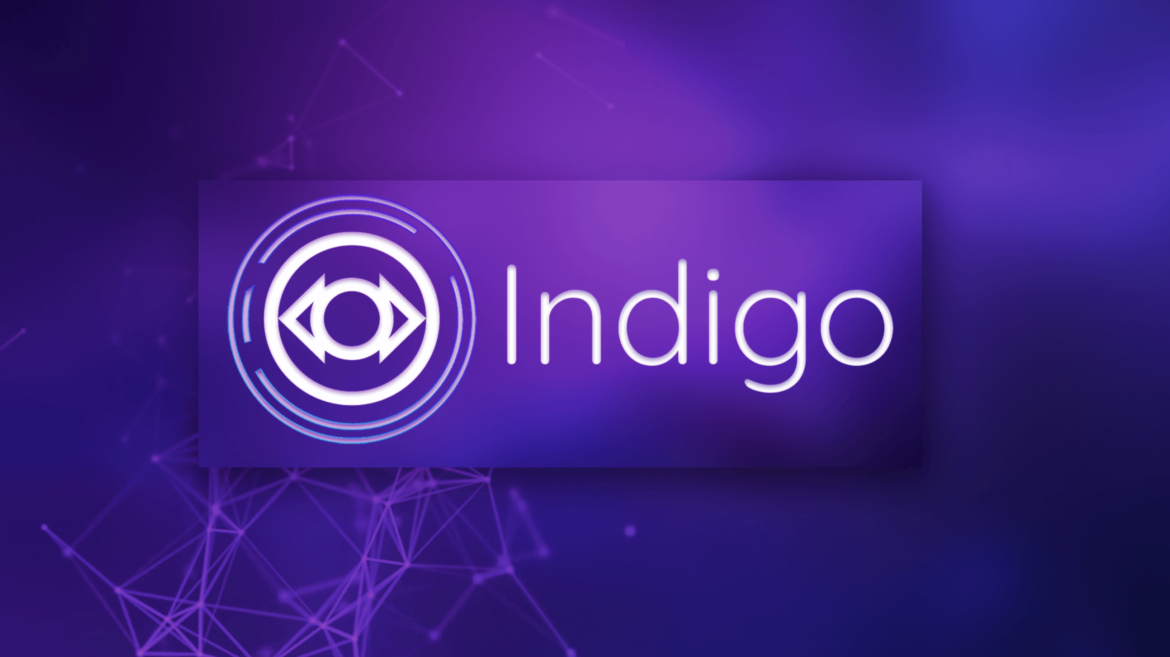Synthetic assets are trackers: they replicate the price of other assets to simplify the life of investors. In this article, I present a synthetic asset factory on Cardano: the Indigo protocol and its native token INDY. The Indigo project is incredibly ambitious and is basically building a platform for investors with interoperability in mind. Its goal is to create “iAssets” and provide access to any type of investment on the Cardano network by opening a platform leveraging the stability and the robustness of the Cardano architecture.
1. What Is The Indigo Protocol?
Indigo allows anyone to create synthetic assets, known as “iAssets”. iAssets can be created using currencies such as stablecoins and ADA. They have the same price effect as holding the asset being replicated. This allows you to gain profit from the increase in price of an asset without owning the original asset itself.

Indeed, synthetic assets give users exposure to a variety of assets without the need to actually own the underlying asset. These assets can be anything that has value in the real world. With its transparency, efficiency, low barriers to entry, and decentralized traits, the blockchain can smoothly deliver all these assets to anyone with access to the Internet.

2. How To Use The Indigo Protocol?
First, nothing is better than a good video explaining the web app to come:
For example, below are some of the functions that will be available:
-Collateralized Debt Positions (CDP)
CDP are necessary to get an iAsset (a synthetic asset tracking a real asset, like iADA would be for ADA):

Minting and Stability Pools are key features of the Indigo Protocol. Minting allows any user to open a Collateralized Debt Position in return for an iAsset. Stability Pools are then used to peg the price of the iAsset to the real-world.
–Liquidity Pools:

Likewise, by providing both an iAsset and stablecoin, you can pool your token to provide liquidity to the protocol and participate as a liquidity provider.
-Staking:

Finally, staking. The native asset of the Indigo Protocol, the INDY token, can be staked to vote on active polls and is required as a deposit for making new governance suggestions Governance Staking Polls value.
3. The Indigo Team And Roadmap
The team is large and looks good:

For example, Eric Coley (CEO) has 15 years of experience in telecommunications:

Furthermore, the rest of the team is very experienced as well and has a good level of complementarity. In fact, what I like about them is that most of them are very hands-on and I think it is extremely important in web3. We’ve been through too many phases and projects selling the impossible and collapsing because of unrealistic technical decisions.
Now, let’s talk about the roadmap: it is detailed enough and gives clarity for the end of 2022.

More specifically, the mainnet is incoming (Q3 2022) and will be an important moment for Indigo. Is the platform working? Will it be scalable? And adopted? It’s worth monitoring it and investing in INDY depending on the outcome.
Finally, the partners feel like the bright side of web3 with the Coti project and Chainlink:

4. Indigo As An Investment
INDY is the protocol’s governance token for the Indigo Protocol. It is mainly used for governance but also used as a reward for stakers in the platform. The total supply of INDY is 35M tokens with a 6 decimal precision. Indigo believes in a fair distribution of the INDY tokens, therefore there will be no pre-sale and private distribution to investors prior to launch.
In practice, the INDY tokens have already been minted, all at once, to be distributed to the community as shown below. And by a monetary policy that disallows future minting and burning.

Investing in the project means that you believe in a replication of the ETFs/ETNs model for stocks. ETFs/ETNs tend to increase the price of the underlying stocks because these stocks can be purchased through more ways and as a result increases the demand. Same goes for synthetic assets: iBTC, iADA and iETH would have to either be backed by BTC, ADA and ETH or by a contract ensuring that Indigo is able to let you trade it just like the original asset. As a result, a first conclusion is that the emergence of synthetic assets will boost the valuation of crypto assets in general. But not only.
In the case of Indigo, the INDY token is also gaining value as the oil of the network supporting the synthetic ecosystem. As a result, if you believe in the project you need to own the crypto backing the platform (INDY) and a piece of the land it is built upon (ADA).
5. Conclusion
I like the Indigo Protocol for planning to take the Cardano platform to the next level. We’re talking about creating the on-chain ETFs/ETNs for crypto assets. What if Cardano is first to host that revolution at scale? In fact, real question is regulation. Indigo is really at the intersection of all the questions: potentially a security token and a platform hosting derivatives. However, if this project survives to it, it could become the decentralized ETF/ETN platform of the future. Ready for the big bet?
Thanks for reading.
n.b: this is not financial advice
